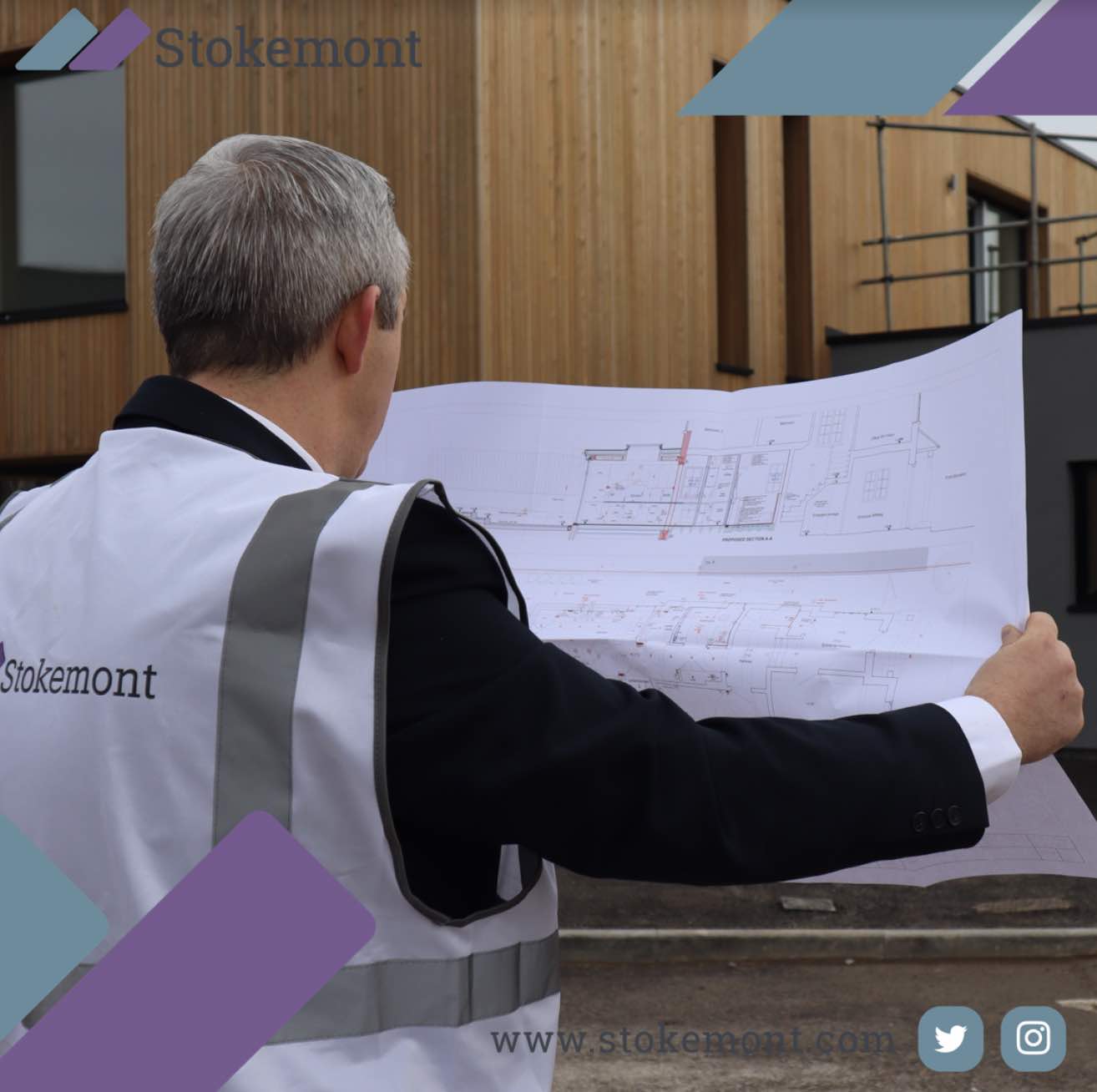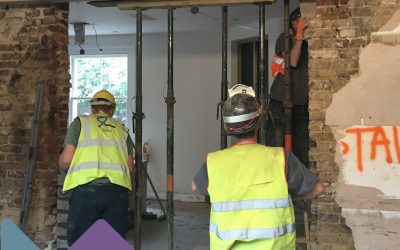In today’s property surveying blog post topic we are going to be looking at License for Alteration procedures.
In particular, we are going to be looking at the type of construction and alteration works that require a leaseholder to go through the License for Alterations processes.
In England and Wales, if you own a leasehold property, your lease will set out various covenants and procedures that you need to adhere to in the event that you plan to undertake any constructions works or alterations.
In particular, the lease will include an Alterations covenant that sets out the procedures that need to be followed prior to your planned works commencing. Generally speaking, there are three different types of alterations covenants that exist throughout leases.
Fully Qualified Covenant
A fully qualified covenant is the most favorable type of alterations covenant and means that so long as you have all the necessary information in place, and go through the necessary procedures, your freeholder cannot unreasonably withhold consent for your proposed alterations.
If you were to picture a traffic light, this would be a green light.
Qualified Covenant
A qualified covenant is exactly the same as a fully qualified covenant, the only difference being your landlord/freeholder does not need to provide you with consent for your alterations.
Instead, this consent is at their discretion and you could be required to pay for this consent in the form of a license premium.
If you are to think of a traffic light, this would be an amber/orange light.
Absolute Covenant
An absolute covenant is the most unfavorable leasehold alterations covenant. It effectively means you are unlikely to be able to progress your planned alterations work.
The covenant will be fully restrictive on alterations to the property.
In many cases, this restriction will translate into the freeholder refusing any alteration works in any shape or form.
If you are to picture a traffic light, this would be a red light.
Now that we understand the basics of Leasehold Alterations Covenants, now let’s look at the typical types of work that apply should you wish to undertake alterations or construction works to your leasehold demise.
Structural Alterations
Structural alterations are by far the most common form of alterations works that we see here at Stokemont. This will cover any form of structural change to the property, such as demolishing walls to accommodate open plan living or any other form of structural change.
It should be worth noting that Leaseholders will often think that because a wall is a stud partition, meaning that it is constructed from timber that it isn’t a structural alteration.
This is a common misconception and it should be noted that, especially in older leasehold properties, timber stud construction can indeed be a load bearing wall. You will therefore need to have these walls fully assessed by a structural engineer in advance of any works being undertaken.
If indeed they are load bearing, then you will need to go through the License for Alterations procedures.
Changes to Floors
Changing floor coverings from soft to hard. Or in layman’s terms, carpet to tiles, laminate or timber boarding, will require License for Alterations consent. If you are planning on doing this you will also need to install some form of sound deadening underlay to reduce the impact and decibel rating to the flats beneath yours.
Adding Wet Rooms
Adding wet room is another incredibly common form of alteration that we see here at Stokemont. Effectively, this would be the addition of kitchens, toilets, or bathrooms.
These all require License for Alterations consent. Importantly, the proposals will also need to look at the waterproofing barrier from your demise to the demises beneath you, as well as some form of sound reduction underlay to reduce the decibel rating to the various flats beneath.
Finally, the procedures will need to take into account the waste water, and the water itself will be managed and in particular, the run of the pipes in that regard.
Changing Windows
Changing windows is another incredibly common form of alterations work.
If windows are planning to be upgraded or changed, commonly you will need to get the Landlord or Freeholder’s consent for these alterations.
It is also likely that if the lease stipulates that the landlord or freeholder is responsible for the maintenance and upkeep of the windows, this responsibility will likely then fall upon the leaseholder once they have indeed changed the windows.
License for Alterations procedures are typical surveying work that we undertake here at Stokemont on a day to day basis. Over the years, we have seen License for Alterations and Freeholder requests range from simple to complex.
We would always advise that the License for Alterations procedures are commenced at the earliest possible opportunity. This will ensure that the risk associated with delay is removed and reduced.
If you would like to discuss your License for Alterations procedures with our team of experienced and qualified RICS surveyors, give us a call today and we will be more than happy to assist and advise you.




